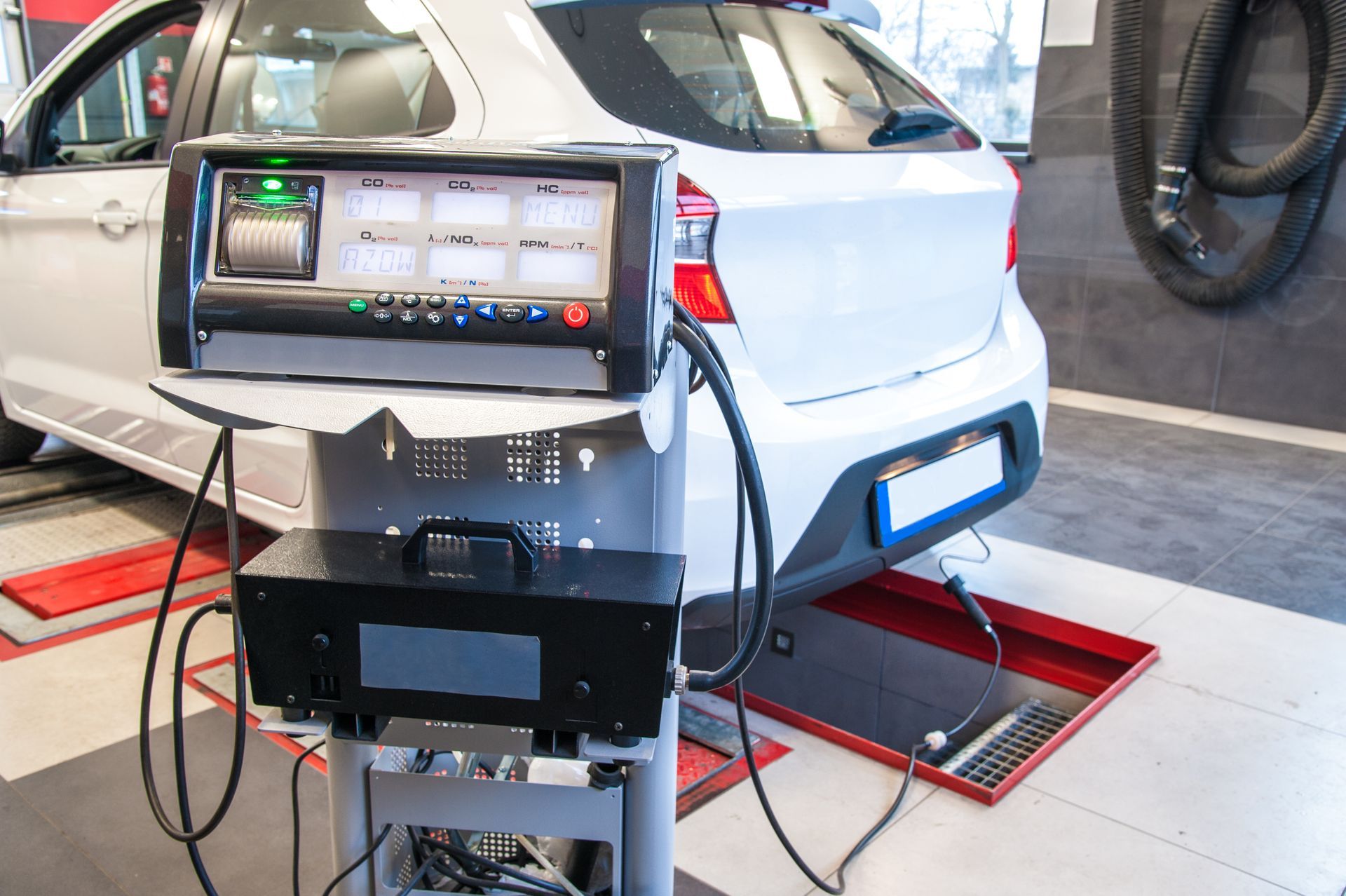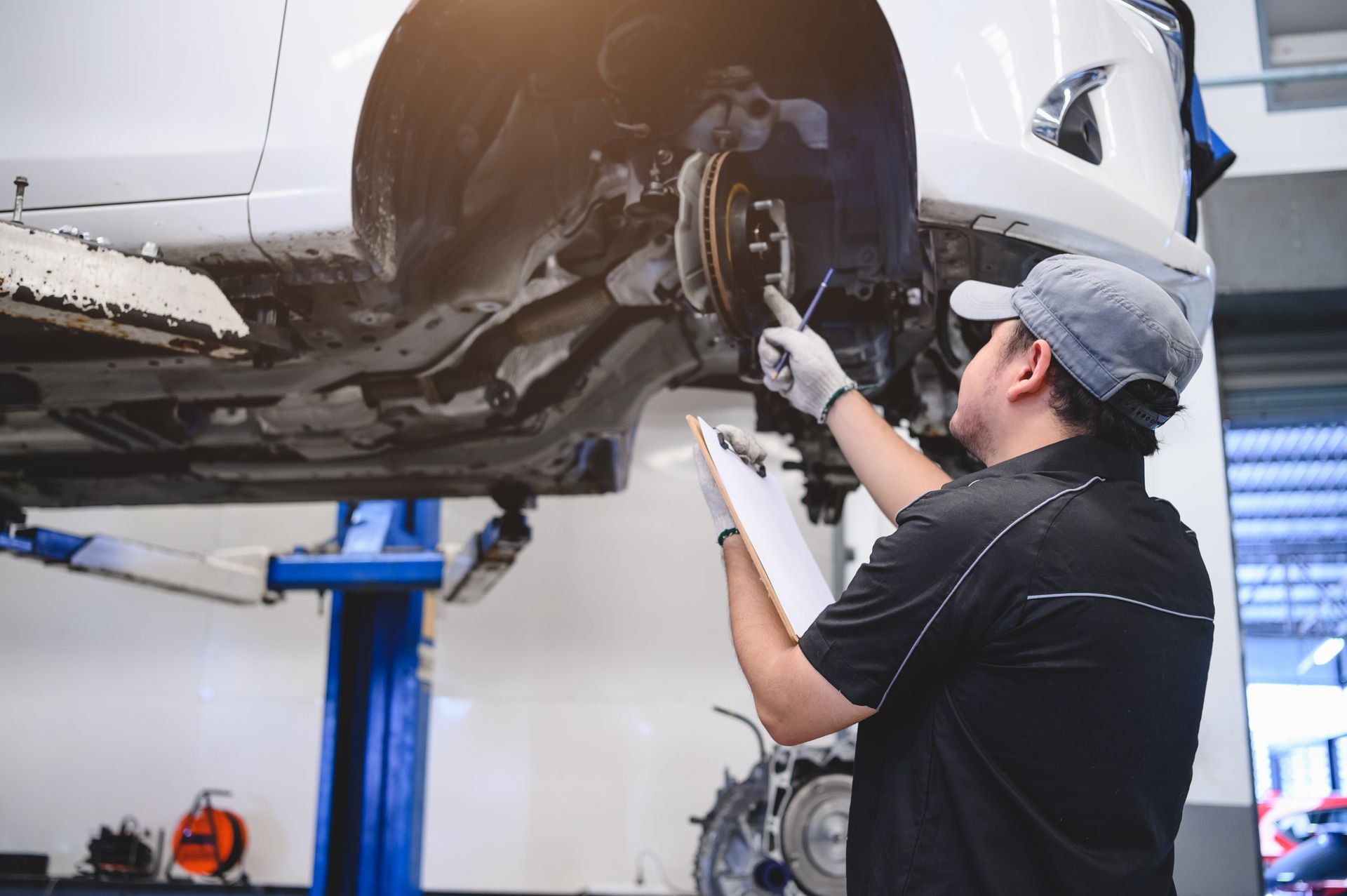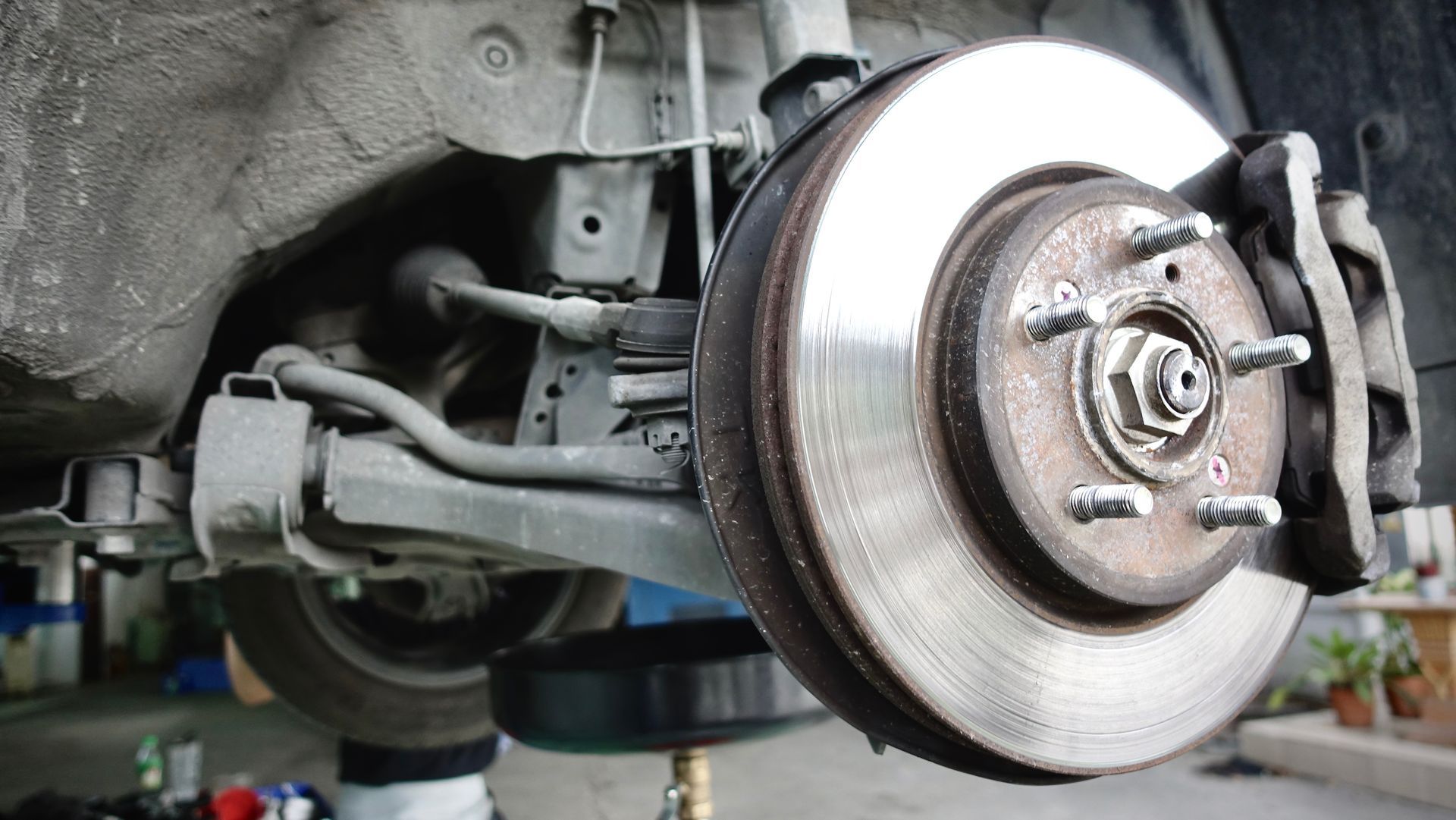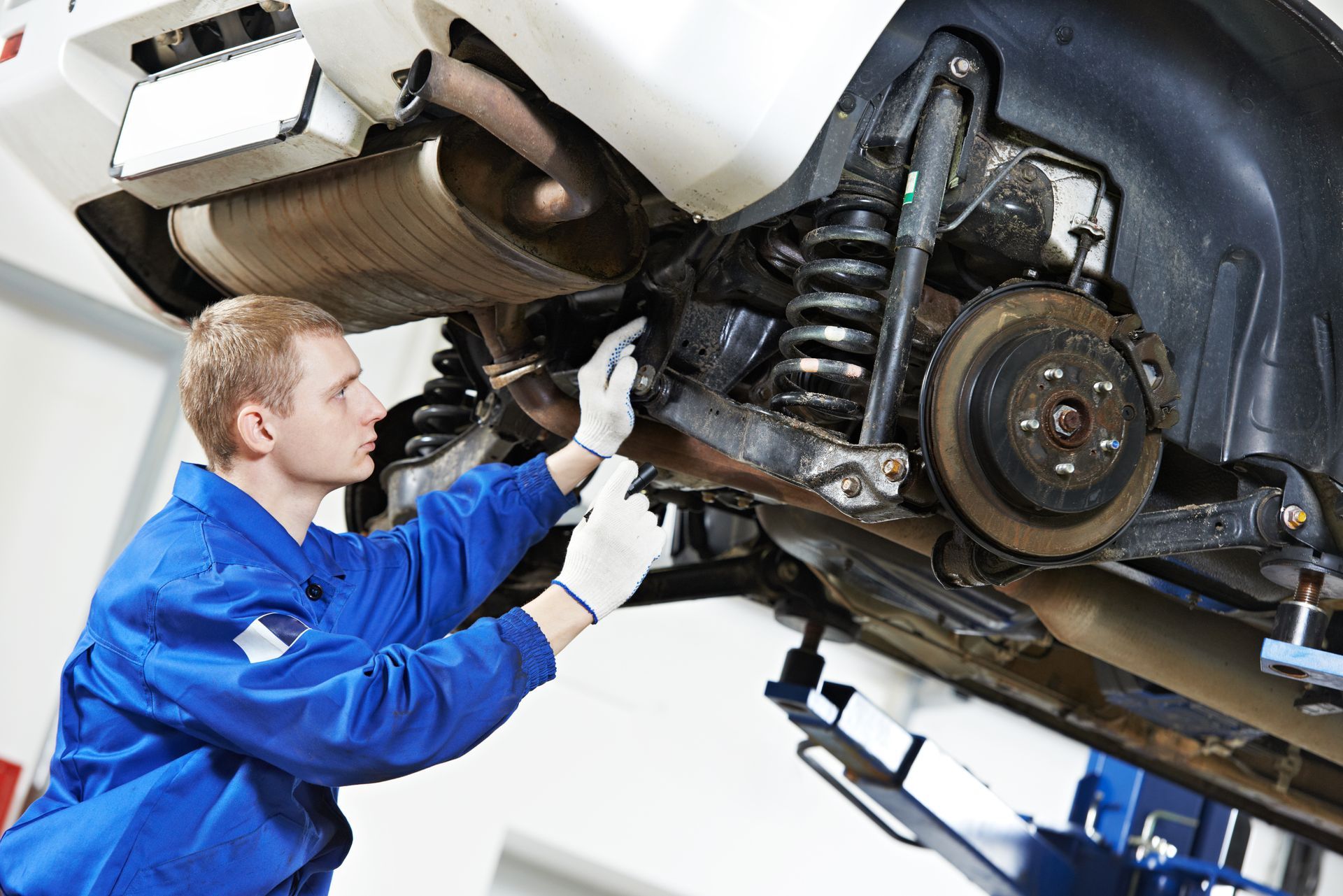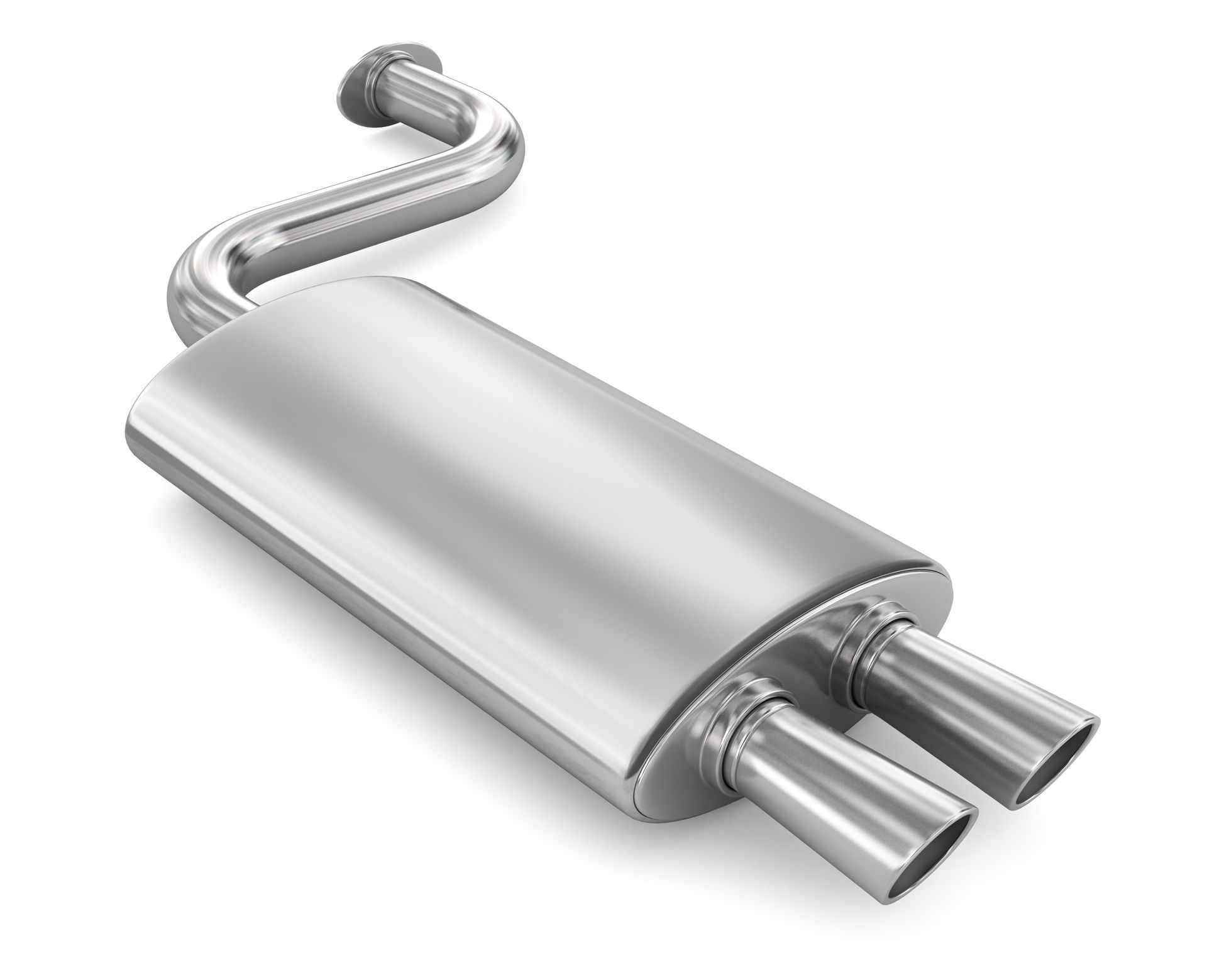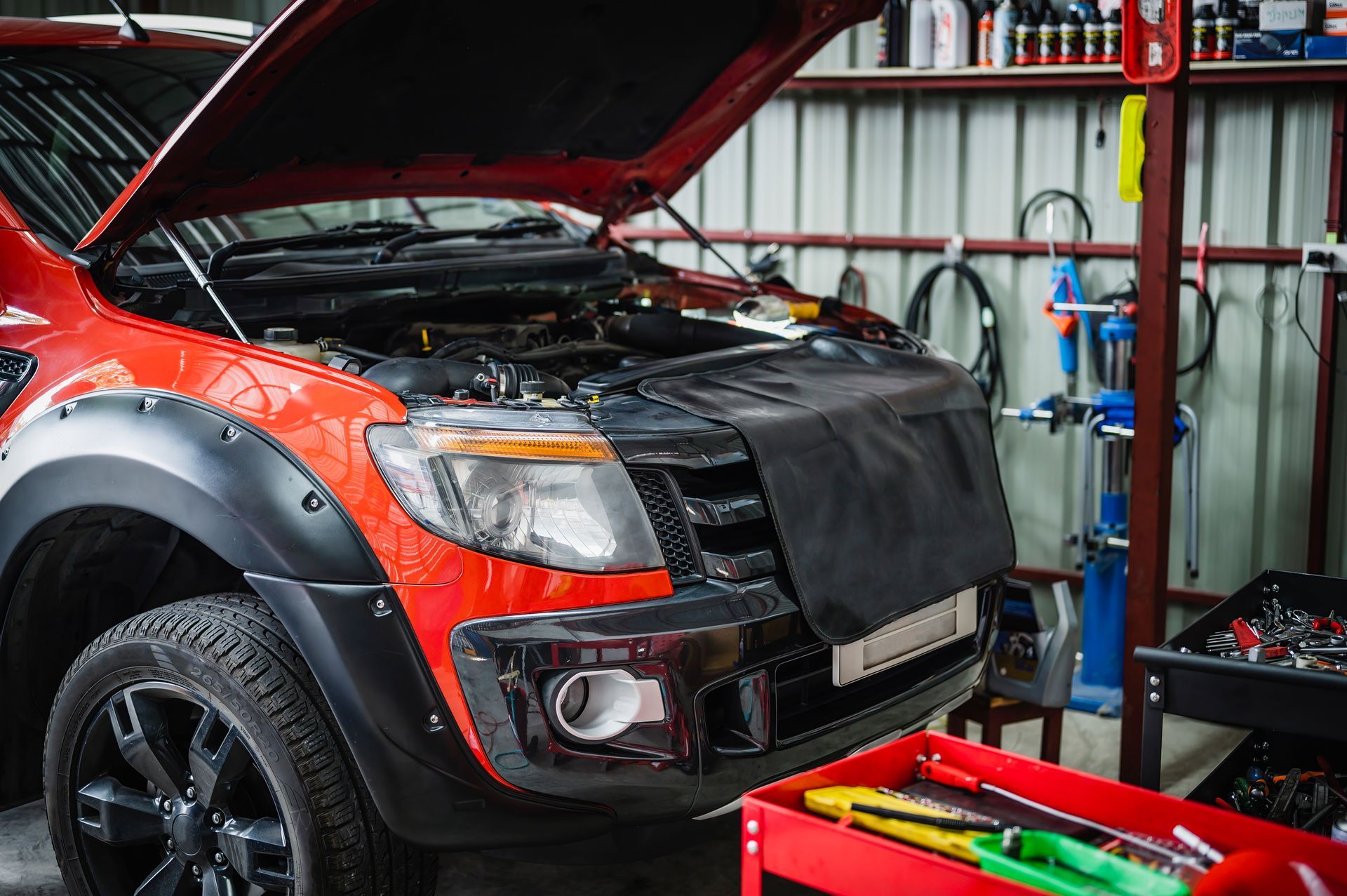Loading ...
Missing business hours data / Error occurred while getting the data.
Loading ...
Missing business hours data / Error occurred while getting the data.
Loading ...
Missing business hours data / Error occurred while getting the data.
What Should I Check on My Car Before the Cold Winter Months?
November 29, 2024
Winter isn’t just hard on your wardrobe. It’s tough on your car, too. As temperatures drop, your vehicle can face challenges that aren’t common during the rest of the year. Taking time to inspect and prepare your car before the cold sets in can save you from unexpected breakdowns. But what exactly should you look at?
Tires
Your tires are crucial in maintaining traction on icy or snowy roads. Before winter hits, inspect your tire tread depth. A depth of at least 4/32 inches is recommended for safe winter driving. If you notice uneven wear or shallow tread, it might be time to replace them.
If your region frequently experiences heavy snow or icy conditions, consider swapping your regular tires for winter tires. They’re specifically designed to handle lower temperatures and provide a better grip on slippery surfaces.
And don’t forget tire pressure! Cold weather can cause tire pressure to drop, affecting handling and fuel efficiency. Check your tire pressure regularly to ensure it matches the recommended levels for your vehicle.
Battery Health
A weak battery in warm weather is an inconvenience, but in winter, it can leave you stranded. Batteries lose strength in the cold, so it’s a good idea to test your battery’s voltage and charging capacity before temperatures plummet.
Look for signs of corrosion on the terminals and clean them if needed. If your battery is more than three years old, consider having it professionally tested or replaced.
Fluids and Oil
Cold weather thickens motor oil, which can make it harder for your engine to start. Check your owner’s manual to see if your car requires winter-grade oil for optimal performance.
While you’re under the hood, make sure your antifreeze (or coolant) is at the right level and ratio to prevent freezing. A typical mix is 50/50 antifreeze and water, but some regions may require a higher concentration of antifreeze for extreme cold.
Other fluids, like brake fluid, transmission fluid, and power steering fluid, should also be checked and topped off as necessary.
Windshield and Wipers
A dirty or frosty windshield can make winter driving dangerous. Ensure your wiper blades are in good condition, and replace them if they’re streaking or skipping. Winter wiper blades, which are designed to resist freezing, can be a worthwhile upgrade.
Switch to a winter-grade windshield washer fluid that won’t freeze in sub-zero temperatures. While you’re at it, check that your defroster and heater are working properly to keep your windshield clear and your cabin warm.
Lights and Electrical System
Shorter days and longer nights mean your car’s lights are working overtime during the winter. Test all exterior and interior lights to ensure they’re functioning correctly. Replace burnt-out bulbs and clean the lenses for maximum visibility.
Pay attention to your electrical system as well. A malfunctioning alternator or loose connections can leave you in the cold, so it’s worth having these components checked out.
Brakes
Winter roads are slippery, and stopping distances increase significantly on ice and snow. Have your brake system inspected to ensure it’s in top shape. This includes checking the brake pads, rotors, and fluid levels.
If you hear unusual noises or feel vibrations when braking, it’s a sign that something needs attention. Don’t wait to address these issues—your safety depends on it.
Emergency Kit
Even with the best preparation, unexpected situations can still happen. Equip your car with an emergency kit that includes:
- A blanket and warm clothing
- Jumper cables
- A flashlight with extra batteries
- A first-aid kit
- Non-perishable snacks and water
- A shovel and ice scraper
- Sand or kitty litter for traction
Being prepared can turn a winter mishap into a minor inconvenience instead of a major ordeal.
Stay safe on winter roads with help from
Absolute Auto Repair. From tires to brakes, we’ve got you covered. Stop by or call us today to book your appointment!
Loading ...
Missing business hours data / Error occurred while getting the data.
Our Location
Having Trouble Finding Us?
Loading ...
Missing nap lines data / Error occured while getting the data.





